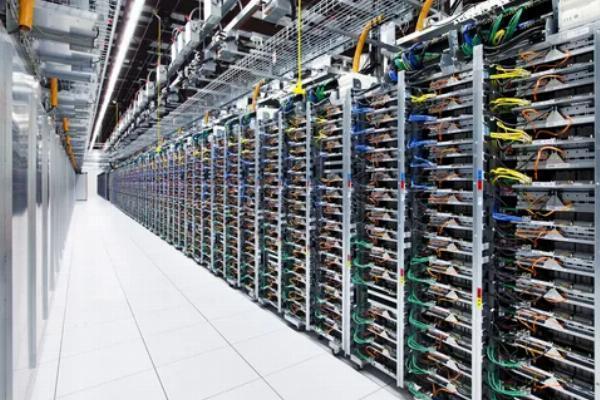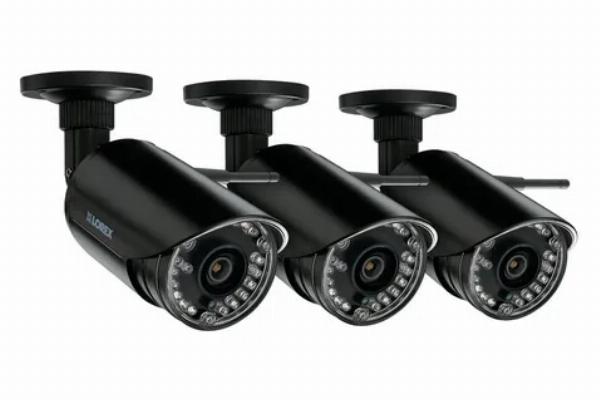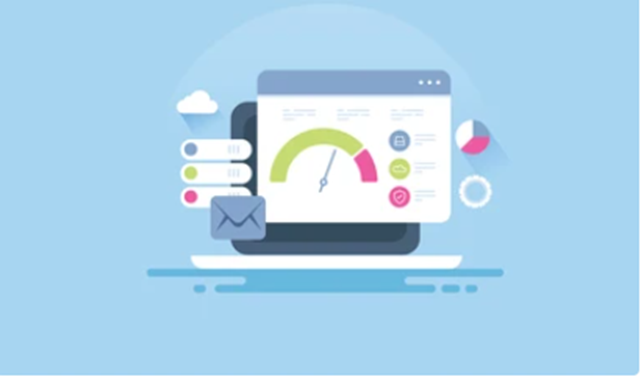Ground Fault Monitoring: Protecting Assets and People in Real-Time

Strong 8k brings an ultra-HD IPTV experience to your living room and your pocket.
Why ground fault detection matters in critical systems
Electric problems can happen without warning, and one of the most dangerous is a ground fault. This happens when electricity takes the wrong path and tries to go into the ground. It can cause machines to stop working, wires to overheat, or even fires. If people touch faulty parts, they could get hurt too.
That’s why Ground Fault Monitoring is so important. It helps in the early detection of problems, making it easy to stop big incidents. Places like factories, data centers, or power stations are worth every second of intervention. Once you are certain of the problem, you can now fix whatever is going wrong, ensuring the safety of humans and functionality of machines.
This system watches your power lines all the time, even when you’re not looking. It’s like having an extra set of eyes on your equipment, helping protect your team, your tools, and your time.
What is ground fault monitoring?
Ground fault monitoring is a method that detects unintentional electrical paths between a power source and the ground. These faults can be caused by moisture, damaged insulation, or aging cables. When a ground fault happens, the current strays from its normal path and tries to flow into the ground—putting people and machines at risk.
Now, ground fault monitoring doesn't stop the fault directly. Instead, it alerts you the moment something goes wrong, long before you notice any visible issue. It’s like having an electrical watchdog 24/7, watching for what your breakers can’t see. And that’s the kind of protection critical systems like yours need.
What is a ground resistance signalling module?
This module is the heart of many ground fault monitoring setups. It's a compact device that watches your ground path resistance in real time. When that resistance drops (a sign of a fault), the module sends out an alert.
The ground resistance signalling module often works with an existing control panel. Some advanced models even allow digital integration—linking fault data directly to SCADA systems or PLCs. That means fewer delays, quicker action, and more uptime. Instead of relying on reactive maintenance, you're always a step ahead.
What are the benefits of ground fault monitoring?
There are a few perks of adding ground fault monitoring:
- Early fault detection: All problems that may arise before emergencies must be dealt with.
- Less downtime: Time lost in troubleshooting will be shortened by quick fault fixing.
- Increased safety: It prevents workers from hidden shock risk and machines from overheating or shorting.
- Regulatory compliance: Some industries (like energy or chemicals) are required to monitor faults by law.
By including ground fault monitoring in the heart of your critical system safety strategy, you will experience fewer unwanted interruptions, longer equipment life, and uninterrupted monitoring.
Where should you use ground fault monitoring?
You don’t need this in every socket, but in high-risk or high-value zones, it’s non-negotiable.
Use it in:
- Chemical plants – Where even a spark can trigger a disaster.
- Data centers – Uptime is everything, and faults must be caught early.
- Industrial automation – In motor-heavy environments, wire insulation degrades fast.
- Hospitals – Where unplanned outages can cost lives.
- Oil & gas – Where explosive environments demand strict electrical control.
In these areas, ground fault monitoring helps keep everything safe and compliant, even when you're not watching.
How do you integrate it into your existing protection system?
You don’t need to start from scratch. These modules often plug into your existing circuit protection setup with minor adjustments. Some connect directly to residual current devices (RCDs) or earth leakage relays. Others work through control units and communicate via Modbus or Ethernet.
To fit it in:
- Assess your system for critical points where faults could go unnoticed.
- Select a ground resistance signalling module that matches your voltage and system type.
- Install the unit in your control panel and connect it to monitored circuits.
- Set up your alert thresholds and outputs (lights, alarms, or digital notifications).
- Test under controlled faults to verify accuracy.
Once you’ve added ground fault monitoring in the middle of your layered electrical protection plan, you’ll have more visibility—and faster response—than relying on breakers or fuses alone.
Conclusion
Consider the cost when you ignore ground faults: damages to the equipment, injury or fatality, unnecessary downtime, and so on. Ground fault monitoring is not just a wise investment; it is a necessity for any operation that values its workers and productivity.
Do not wait for a blackout or accident to prompt you into action; rather, install ground fault monitoring in the middle of your protection system to remain in control even if the power is out.
Note: IndiBlogHub features both user-submitted and editorial content. We do not verify third-party contributions. Read our Disclaimer and Privacy Policyfor details.







